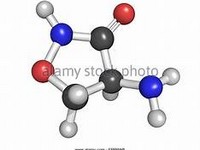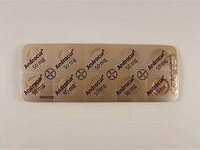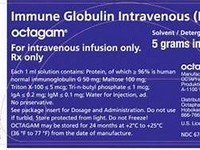Tiludronic acid

CLINICAL USE
Paget’s disease of boneDOSE IN NORMAL RENAL FUNCTION
400 mg daily for 12 weeksPHARMACOKINETICS
DOSE IN RENAL IMPAIRMENT
GFR (mL/MIN)
60–90 Use with caution 30–60 Use with caution <30 AvoidDOSE IN PATIENTS UNDERGOING RENAL REPLACEMENT THERAPIES
IMPORTANT DRUG INTERACTIONS
Potentially hazardous interactions with other drugs Calcium salts: reduced absorptionADMINISTRATION
Reconstition
–Route
OralRate of Administration
–Comments
–OTHER INFORMATION
Take as a single dose with a glass of water at least 2 hours before or after meals, calcium supplements or aluminium or magnesium containing antacids Patients should ensure their calcium and vitamin D intake is adequate Calcium metabolism disorders should be corrected before starting therapy Bisphosphonates are mainly eliminated by excretion of unchanged drug in the urine .
See how to identify renal failure stages according to GFR calculation
See how to diagnose irreversible renal disease
Home








